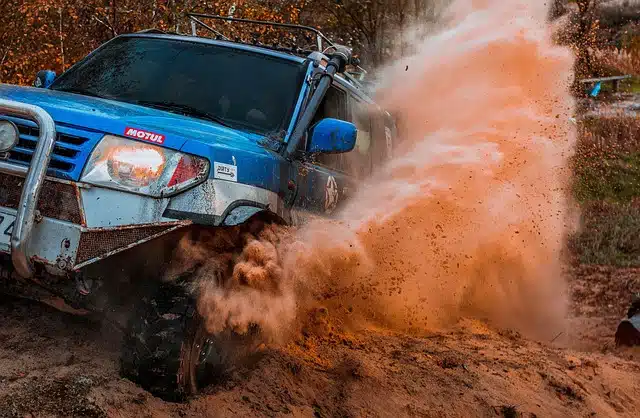
Blood traction involves using animals to pull something.
The Latin term tractĭo came into our language as traction . It is the act and consequence of pulling on something with the aim of moving it or getting it to move . In this sense, we speak of animal traction or blood traction when using an animal to drag a cart, a plow or other device.
Oxen , horses and donkeys are the species most used in animal traction. It should be noted that, in the urban environment, blood traction is usually prohibited as it is considered cruel for the animal .
Blood traction and animal exploitation
Although more and more people are opening their eyes every day to the need to respect all species equally , animal exploitation continues to be part of the reality of the entire world, in all large cities and rural areas. . It is enough to buy a product of animal origin to participate in abuse and, given that there is no country or city where only plant products are consumed, the solution to this great problem is very far away in the timeline of our evolution .
For many, blood pulling is a brutal and inconsiderate practice that exceeds the limits of our tolerance: would we have our parents, siblings or friends pull a very heavy cart? No. So why do we use animals, even those we claim to "love"? The answer is as simple as it is alarming: because we do not consider them peers . But can we love and despise the same being at the same time? Perhaps the secret of our supposed superiority is hidden in this strange capacity .

Vehicles with 4×4 traction have the ability to travel over uneven terrain.
The concept in mechanics and engineering
For mechanics and engineering , traction is the effort to which an object is subjected when there are two forces that are opposite and tend, upon application, to lengthen or stretch it. This effort falls into the group of internal or section forces, a physical magnitude that is used to calculate prismatic pieces (such as pillars and beams), sheets and plates.
Any force that attempts to stretch a body is complemented by a normal force , that is, that force with a direction opposite to the first and whose tension, which is applied to the sections perpendicular to the parts affected by the traction, is also necessary for the body to stretch. phenomenon may take place.
Taking this into account, it is possible to understand that all stretching is complemented by shrinkage : while traction leads to a positive deformation in one axis, transverse ones usually compensate for this change with an opposite one. In the case of a solid body, the deformation can be permanent if it exceeds its yield point and exhibits plastic behavior. The body is elastic if it returns to its original length after traction.
Traction in motor vehicles
If we focus on motor vehicles , the mechanism that allows the force of the movement made by an engine to be transmitted to the wheels is called traction. Depending on how the mechanism works, we can talk about rear-wheel drive , front-wheel drive , 4×4 traction or dual-wheel drive .
In rear-wheel drive, the engine's power is transmitted to the rear axle of the vehicle. If the power is transmitted to the front axle, however, it is called front-wheel drive. The 4×4 traction, for its part, reaches all wheels , while the dual traction reaches two rear axles simultaneously.
The term in orthopedics
In the field of orthopedics , traction is a procedure carried out with the aim of minimizing the pressure exerted on the skeleton.
Traction is also promoted to achieve bone alignment after a fracture.
